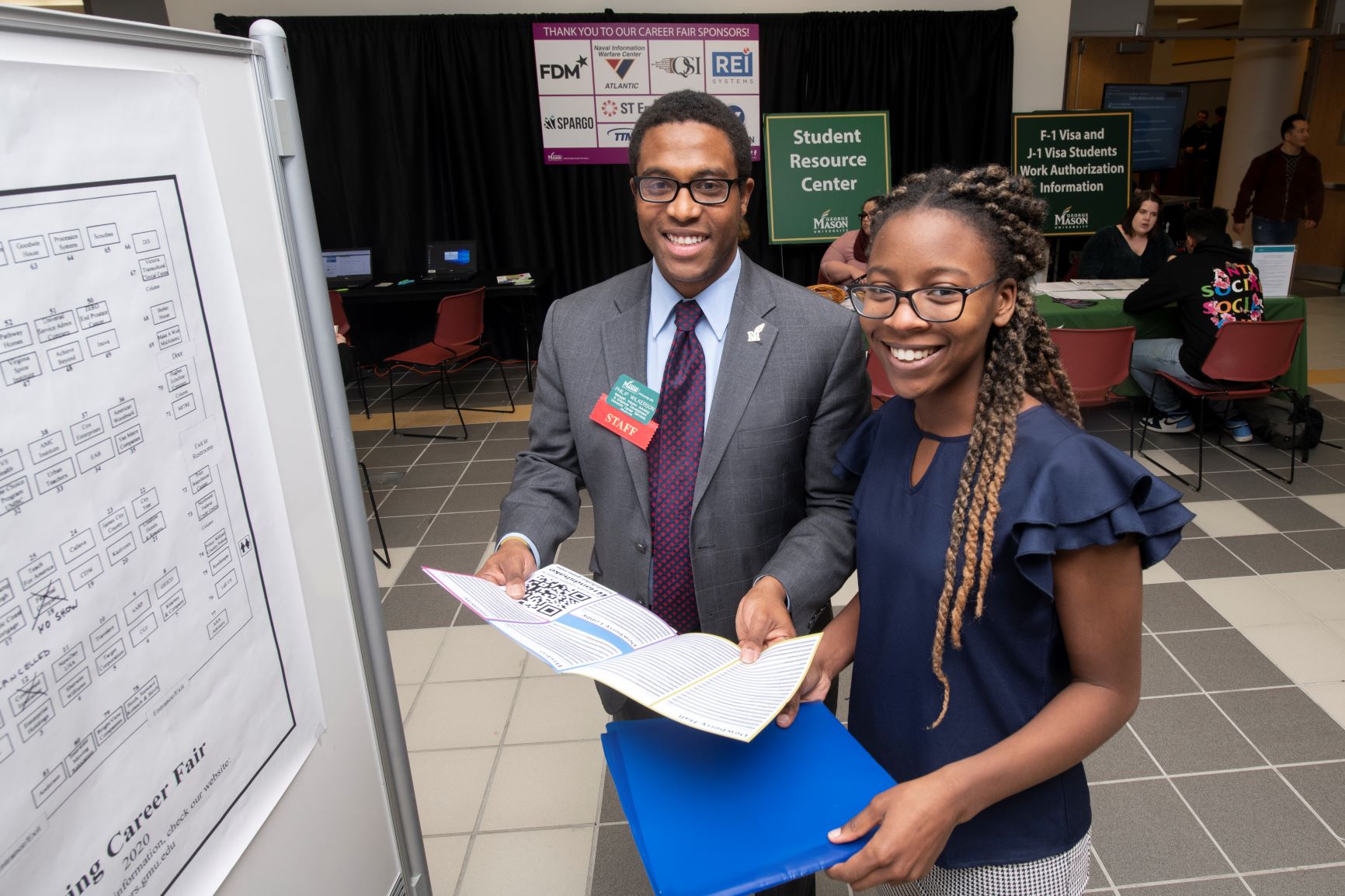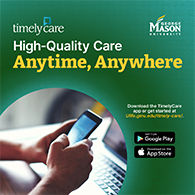By: Shayna Bergman, Senior Manager at Deloitte Services LP, and Executive Leadership Coach
“Taking on a challenge is a lot like riding a horse, isn’t it? If you’re comfortable while you’re doing it, you’re probably doing it wrong.” – Theodore ‘Ted’ Lasso
Do you want to be a good leader? Or do you want to be a great leader? Saddle up. It’s time to move beyond your comfort zone, into the new normal at work: leadership in a virtual or hybrid setting. Traditional office work is outdated at many workplaces today. In order to lead well, you need to know how to optimize success in the current flexible workplace.
Over the course of more than 15 years in human resources and leadership coaching, I’ve worked with leaders of all types: entrepreneurs, c-suite executives, academics, and many others. In a pre-pandemic world, great leadership came with its own unique sets of challenges and demands, often revolving around a traditional office environment and work culture.
But we’re now living in a world where working remotely is more acceptable, more efficient, and often more necessary. In this new environment, great leaders must adapt. As a leader, you must embrace new tools and new opportunities to lead your team and transform your workplace culture – whether it’s from a boardroom chair or a kitchen chair.
Consider the following ways to adapt, evolve, and thrive in this new normal:
- Build Trust through Multiple Communication Channels: Embrace the changes that have happened in your workplace. Remote leadership is here to stay and virtual teams require a different level of engagement. Team members want their professional digital interactions to mirror their personal digital interactions – rapid, meaningful, connected, and social. When virtual team members don’t feel as though they are part of the conversation, trust can be eroded. To create and enhance trust within an organization, it’s important to open all lines of communication and use them regularly. Diversity of opinion is just as important as a diversity of communication: phone, instant messaging, email, text, video conferencing and face-to-face are just a few options. Leaders must use them interchangeably and habitually. When a leader openly communicates in a variety of ways, their teams will too.
- Listen Globally and be Present: You can no longer consider yourself as having traditional direct reports or subordinates. Everyone on your team is a partner, because if your team members aren’t successful, neither are you. It’s imperative to create a safe space using the above communication channels to elicit feedback, ideas, suggestions and celebrations. Show up fully for your team. Presence means focus – on the person or people with whom you’re communicating. It also means being prepared in advance of important conversations (whether remote or virtual). It means listening to the entire person: their tone, tenor, body language, volume, eye contact, and even punctuation or choice of emojis. As Adam Bryant and Kevin Sharer wrote in Harvard Business Review, being “alert to the whole ecosystem in which you operate” is critical to really hearing what various sources are saying (Bryant & Sharer, 2021).
- Encourage Dissention: An information bubble around a leader can burst if it’s full of the same sources of information. It also limits opportunities for innovation, strategy, growth, and transformation. Instead, by utilizing the communication channels and strategies listed above, you can encourage diversity of thought and global participation by motivating teams to speak up and speak out. Constructive feedback is just as important as, if not more important than, positive feedback. Bad leaders hear what they want to hear. Good leaders receive feedback. Great leaders solicit and welcome all feedback with open arms and act on it. It’s the harder, sometimes uncomfortable, feedback that often yields the greatest results.
- Put the “U” in Human: Great leaders are relatable in their conversation with team members, whether in-person or virtual. They find common ground and build rapport. Virtually, this mode of rapport-building requires more energy and attention. Good leaders start meetings on time. Great leaders take 5 minutes at the beginning of meetings to share something personal and encourage others to do the same. By demonstrating vulnerability and humanity across all communication platforms, you can create a safe space for your teams to do the same.
- Advocate: Professional development for all employees, whether in-person or virtual, is critical to attract, grow, and retain talent. Good leaders allow their best employees to take advantage of development opportunities when it’s convenient for the business. Great leaders advocate for everyone, no matter where they sit, to have full and easy access to learning opportunities.
- Recognize: Good leaders expect their employees to perform well. Great leaders recognize strong performance, acknowledge it, reward it, and celebrate it, individually and broadly. Every employee has something to contribute, and it’s up to a great leader to understand how to light that spark in everyone.
Leadership evolves over time. But right now, the pandemic has supercharged the pace of that evolution and its challenges. Great leaders recognize the need to bring people together in a safe space that welcomes dialogue from all, in all forms.
To paraphrase Ted Lasso, if you’re operating like it’s 2019 and you’re not a little uncomfortable, you’re doing it wrong. It’s time to evolve. In this day and age, it’s virtually necessary.
Resources
The Harvard Business Review article “Are You Really Listening?” by Adam Bryant and Kevin Sharer
The Harvard Business Review article “Getting Virtual Teams Right” by Keith Ferrazzi
The Fast Company article “Three Soft Skills Leaders Need for Hybrid Work Environments” by Alex Howland
A Gartner survey on hybrid workplaces
A Science Daily report on workplace conversations research
The Harvard Business Review article “5 Techniques to Build Rapport with Your Colleagues” by Christina Hillsberg
Write one of these Thriving Together Series features! We’re looking for contributions on all topics related to well-being. Read other Thriving Together Series articles here and contact us at cwb@gmu.edu for guidelines. Thank you for helping our Mason community thrive together online!






















